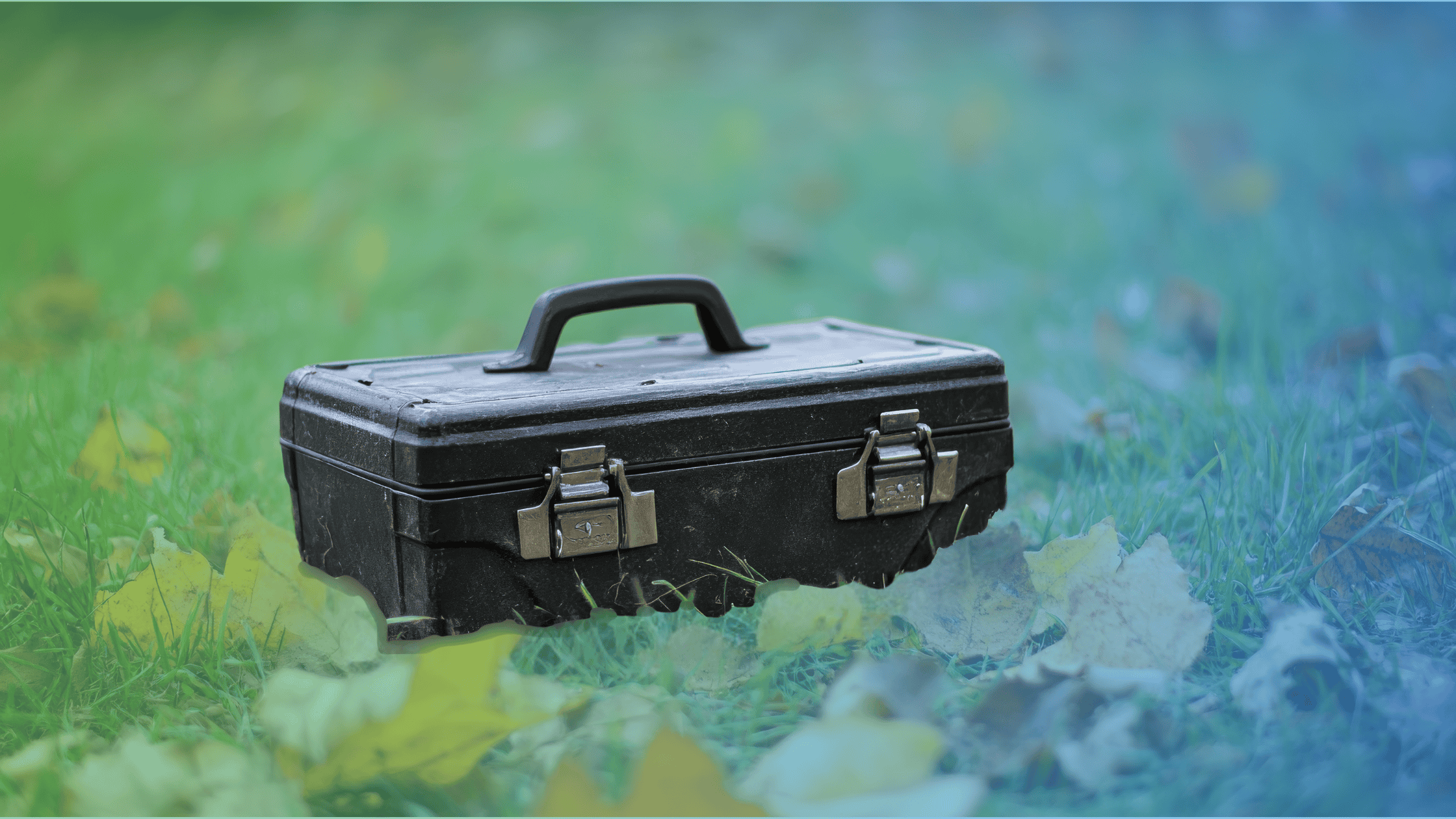What safety topics should you cover this fall?
Toolbox talks in fall should focus on five common risk areas, like temperature swings, fatigue, severe weather, onboarding, and audit readiness. Seasonal transitions bring real-world challenges to the jobsite.
Workers face cold mornings and hot afternoons. Fatigue builds after months of long hours. Storm season peaks. New hires enter high-risk roles with less supervision. And upcoming audits put pressure on training, documentation, and inspections.
To keep crews safe and compliant, your safety talks should match what’s actually happening in the field. The five questions below highlight specific risks that tend to surface in fall, and offer practical ways to address each one.
#1: How do you manage temperature swings during fall shifts?
Tailor PPE and break schedules to match sudden shifts in weather. In many regions, morning temps dip below 50°F while mid-day heat exceeds 85°F. This creates “dual exposure” risks, especially for outdoor and high-exertion jobs. Workers may dress for the cold at 6 a.m. and face overheating by 1 p.m.
What to include in your safety talk:
- Signs of cold stress: uncontrolled shivering, reduced coordination, early fatigue
- Early signs of heat illness: flushed skin, slurred speech, reduced alertness
- Adjusting hydration breaks based on exertion, not just temperature
- Rotating workers on rooftop, confined space, or full-body PPE tasks midday

#2: How can you manage post-summer fatigue?
Fatigue reduces hazard recognition and reaction time. After a high-production summer, many field crews report “safety drift.” This is when workers begin skipping steps, like securing lanyards or reviewing pre-job plans, because they’re burned out or trying to make up time.
What to include in your safety talk:
- Real effects of fatigue on attention span (e.g., microsleeps, decision lag)
- Why pushing through fatigue is unsafe and how to report it early
- How short breaks (less than 10 minutes) can reduce error rates
- Indicators supervisors should watch for: missed steps, repeated instructions, low participation in safety meetings
- Rotating high-focus tasks between fresh and experienced workers
#3: How can you prepare for severe weather?
Review your emergency procedures before severe weather catches your team off guard. Fall is the peak of hurricane season, with September 10th noted by NOAA as the most active day. It also marks the start of National Preparedness Month, led by FEMA to encourage planning and readiness. Yet in many workplaces, emergency plans remain outdated or poorly communicated to the crews who rely on them.
What to include in your safety talk:
- Confirming evacuation routes and accountability procedures
- Reviewing shelter-in-place and fire evacuation distinctions
- Testing backup power (fuel levels, load test results, battery age)
- Verifying emergency contacts and communication chains
- Assigning roles for incident commanders, floor wardens, and first aid
Regulatory note: OSHA 1910.38 requires employers to have a written Emergency Action Plan (EAP). Plans must be reviewed whenever new processes or hazards are introduced.
#4: Why are new hires more likely to get hurt?
New workers face the highest risk of injury in their first 90 days. They’re more likely to misunderstand risks, miss warnings, or stay silent under pressure. Fall often brings a surge of new hires for several reasons. Companies hire to replace summer turnover, meet seasonal demand spikes, or bring in interns and temporary staff before year-end projects and deadlines. Without close mentoring and clear guidance, these workers can struggle.
What to include in your safety talk:
- Specific site rules that might not be obvious
- Explaining stop-work authority and when it applies
- Who to report near misses to and how
- What “good housekeeping” looks like on your floor or yard
- The importance of the buddy system and reporting if you’re left alone
#5: How can teams close safety gaps before Q4 inspections?
Use September to finalize compliance records, verify high-risk equipment inspections, and ensure your EHS documentation is audit-ready. Many organizations schedule audits, safety reviews, and insurance inspections toward the end of the year, which makes this a smart time to catch up.
What to include in your safety talk:
- Review and verify LOTO (Lockout/Tagout) procedures
- Inspect eyewash stations, fire extinguishers, alarms, ladders, and ventilation
- Confirm confined space entry permits are available and filled out correctly
- Run a gap check on training records
- Check for outdated or unsigned corrective actions from earlier inspections
How EHS Insight helps safety teams manage September risks
EHS Insight turns seasonal safety challenges into clear, trackable actions. Its mobile-first platform and automation tools make it easier to manage real-world risks like fatigue, equipment inspections, training gaps, and storm preparedness.
What safety leaders can do with EHS Insight:
- Schedule and track toolbox talks across job sites or shifts
- Digitize LOTO permits, confined space forms, and inspections
- Track weather events and trigger automated emergency readiness tasks
- Flag and assign corrective actions tied to audit findings
- Use AI to identify high-risk behaviors or repeat violations
- Monitor training certifications and send alerts before they expire
With more than 30 configurable modules, EHS Insight gives you full visibility into your safety program. That means hazards are addressed before they turn into incidents, near misses, or compliance issues.
Take control of safety this fall. Book a personalized demo today and see how EHS Insight can help your team manage September’s top safety risks with confidence.
FAQ
What safety topics should I cover in Fall toolbox talks?
Focus on temperature swings, fatigue, severe weather preparedness, onboarding new hires, and pre-audit maintenance. Each topic addresses risks that increase in early fall and helps reduce incidents on site.
Why does fatigue increase incident risk?
After long summer shifts, workers may skip breaks or push through tiredness, which slows reaction time and increases errors. Short microbreaks, rotating tasks, and supervisor checks can reduce fatigue-related incidents.
What does OSHA require for workplace emergency planning?
OSHA 1910.38 requires employers to maintain written emergency action plans, review them regularly, and train employees on procedures. Plans must reflect current hazards and be clearly communicated to all staff.
How can I prepare my team for severe fall weather?
Review emergency plans, test communication systems, confirm evacuation routes, and check backup power. Even inland sites can face flash floods, wildfires, or power outages, so regular drills and clear instructions are critical.
How does EHS Insight help with emergency drills?
EHS Insight schedules drills, tracks attendance, logs results, and assigns follow-up tasks automatically. It ensures plans are tested, gaps are documented, and corrective actions are completed before real emergencies occur.

